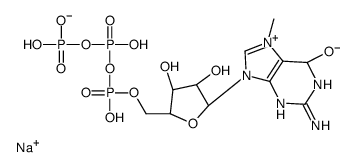| 结构式 | 名称/CAS号 | 全部文献 |
|---|---|---|
 |
(5Z)-7-氧杂烯醇
CAS:253863-19-3 |
|
 |
5′-三磷酸 7-甲基鸟苷 钠盐
CAS:104809-18-9 |